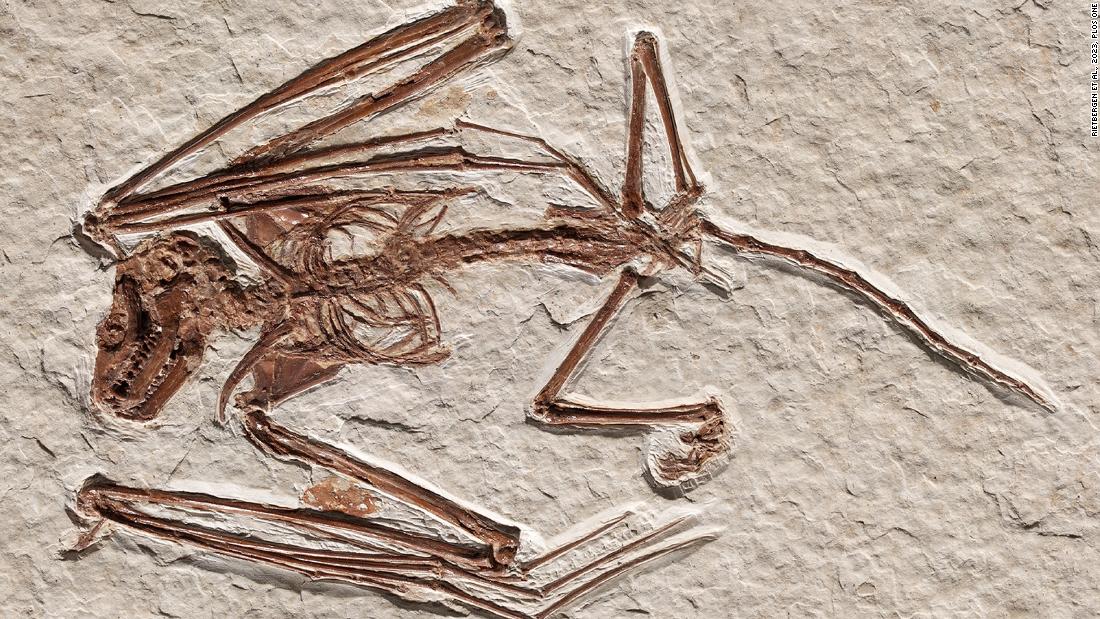The Plucky Squire Review
This charming Zelda-inspired adventure really jumps off the page.

As a lifelong Zelda fan, I’m always hesitant when other developers set out to make a game so clearly inspired by Nintendo’s acclaimed action-adventure series. I find that the puzzle design never quite reaches Zelda’s incredibly lofty bar, and I’m usually left wishing I was just playing Ocarina of Time or A Link Between Worlds instead. But The Plucky Squire breaks that trend, with a combination of clever brain teasers, simple but effective swordplay, and a courageous silent protagonist that would feel right at home in Hyrule. The adventure is held back by an overly wordy script and some serious pacing issues in its final act, but this debut game from developer All Possible Futures is still a journey worth taking.
The Plucky Squire’s elevator pitch is brilliant: You play as Jot, the hero of a children’s book who learns early on that he is, in fact, just the hero of a children’s book. This leads to a surprisingly meta story where Jot leaps between the 2D pages of his picture book and the 3D real world around it, which is represented by the childhood bedroom of a young Plucky Squire superfan named Sam who collects all of Jot’s stories and merchandise. That unique premise paves the way for The Plucky Squire’s inspired puzzle design.
While within the story’s beautifully animated depictions of beaches, villages, and mountaintops, Jot can manipulate the book’s text to alter his reality and get past obstacles. Need a closed gate to swing open? Jot can literally pick the word “Open” off the page from another sentence in the book and swap it into the prose lying in front of the shut gate. It plays out like a (substantially) lighter version of Baba Is You’s rule manipulation, and it’s a blast to experiment with different combinations of nouns and adjectives to see how the world reacts, like turning a tiny frog into a giant frog for no reason other than wanting to see if it would work. (Spoilers: It did.) It’s not the most flexible system – each scenario with this concept only includes a handful of eligible words Jot can interchange – but it’s still a really impressive mechanic the developers use in several smart ways throughout the adventure. Through the power of language, I filled a drained moat with water, turned sturdy columns into crumbling ones in order to topple them onto an enemy blocking my path, and a whole lot more.
Wordplay is just one smart way The Plucky Squire takes advantage of its storybook setting. Jot can also pop out of the book and turn from an adorable hand-drawn 2D character into a fully 3D version of himself that’s reminiscent of the toyetic look of the Link’s Awakening remake and the upcoming Echoes of Wisdom. When outside of the book, Jot can play God and directly manipulate the world within, with powers like tilting the book on its side to slide blocks around or even flipping back to an earlier page to grab a word or item that he needs on the current one. Backtracking through pages to find The Plucky Squire’s optional hidden collectibles also resulted in some cool “aha!” moments, and I could see myself going back to snag the ones I missed. The book’s myriad uses forced me to zoom out and think bigger about the tools at my disposal, and The Plucky Squire hits some awesome puzzle-solving highs within these segments.
The only issue is how many hints The Plucky Squire constantly throws at you. Before I was set loose on most puzzles, Jot’s endearing companions Violet, Thrash, and Moonbeard have a whole conversation about what you need to do. This inclusion is even more confusing when you take into account The Plucky Squire’s well-implemented optional hint system, where a recurring character that’s pretty much always around will tell you exactly what you need to do next if you ask for help. It’s frustrating that the developers lay out too much information through mandatory dialogue rather than leaving it to the hint system so experienced players can try to piece it all together without hand-holding.
In fact, chattiness is a problem throughout the entirety of The Plucky Squire. Characters are always stopping to have lengthy conversations about what to do next, and while it’s all well-written dialogue, I found myself wanting to mash through these extensive sequences to get back to the action. The incessant over-explanation of Jot’s mission to take down the evil Humgrump is one way The Plucky Squire feels aimed squarely at a younger audience, but the witty humor and lighthearted tone just barely save it from becoming a major drawback.
The outside world goes well beyond the pages as Jot explores Sam’s bedroom to find new abilities to interact with his book. These exploration sections are a wonderful change of pace from the puzzling nature of the storybook, and Sam’s bedroom is a delight to run around. Like you’d expect from a young boy’s room, toys and LEGO bricks are littered everywhere, and Jot platforms across playing cards and building blocks to find his next upgrade. In these sections, Jot can hop in and out of sticky notes and children’s drawings, which makes the whole thing feel like a creative take on A Link Between Worlds’ wall-merging mechanic. There are a few minor technical issues in the real world – I noticed some shadows flickering in and out and I had one hard crash – but for the most part The Plucky Squire looked and ran great on PlayStation 5.
Combat works the same whether Jot is in or out of the book. He can swing his sword, throw it at enemies like a boomerang, and make use of powerful jump attacks and spin attacks. These moves can all be upgraded at shops that pop up across the land of Mojo, where you spend currency that’s mostly found – fittingly – by cutting grass. The swordplay is simple, fun, and rarely challenging, but for a game mostly focused on puzzles, I don’t mind that the fights are basic bouts to rip through on your way to the next big riddle.
The Plucky Squire is also continuously working to shake things up. There are plenty of 2D platforming segments within the book’s pages, and sometimes the book turns vertically to give things a fresh perspective. But The Plucky Squire really flexes its creative muscles within the minigame segments that crop up regularly throughout Jot’s journey. There are homages to things like Punch-Out!!, rhythm games, shmups, and more that I won’t spoil here. Whether you’re uppercutting a honey badger or fighting off aliens while flying around inside a toy box, every minigame here is so charming and fun to play, and I loved seeing how the developers shook up the art style and character designs for each one.
With great pacing between the storybook, real world, and minigames for the first five hours of the roughly eight-hour campaign, it’s jarring when The Plucky Squire completely loses its stride in the final act. First, Jot loses all his abilities, and you’re forced to go through a very generic stealth section to recover all the powers you already spent the entire game gathering. It’d be like if Metroid ripped all of Samus’ upgrades away moments before the final boss and forced you to gather the Morph Ball and Grapple Beam a second time. What’s worse, this section takes place in an entirely monochrome world, sucking all the joy and color out of Sam’s bedroom and turning it into a dull trudge over tired ground. This section doesn’t take all too long, but it’s followed up with The Plucky Squire’s final dungeon, which is a repetitive march through samey rooms along with a rhythm stealth minigame I had to repeat three separate times. After facing a final boss that also goes on a phase too long, I was ready to be done before the credits even started rolling. It’s a shame, because The Plucky Squire is so delightful for most of its runtime, but that last third unfortunately leaves behind a sour aftertaste.
What's Your Reaction?









































































.jpeg)













































.gif)